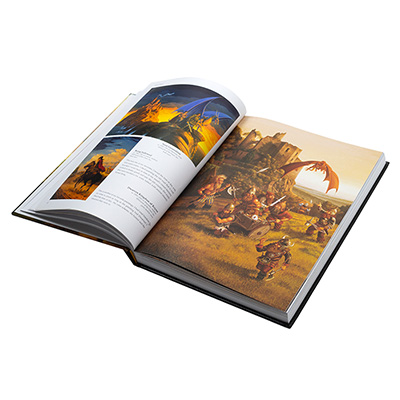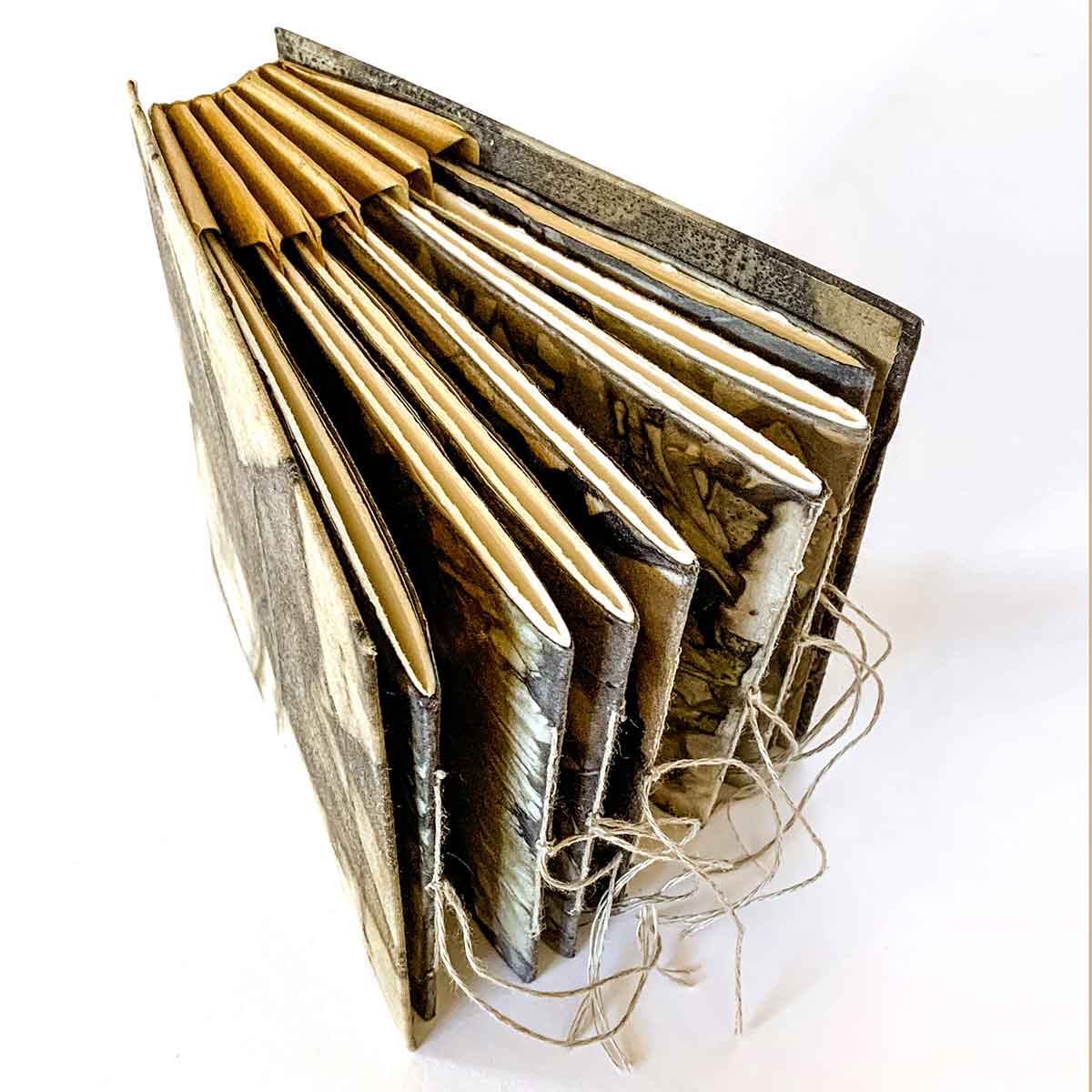Perfect Color Accuracy for a Premium art book Look
Perfect Color Accuracy for a Premium art book Look
Blog Article
Recognizing the Process Behind High-Quality Art Book Printing for Art Fanatics
When it pertains to top quality art book printing, recognizing the ins and outs of the process can boost your gratitude for the end product. You might not recognize how necessary paper selection and ink selections are to the vibrancy of artwork. Each component plays a considerable duty in accomplishing the wanted impact. As you discover the different parts of art book printing, you'll discover understandings that could change your perspective on art preservation and presentation.
The Significance of Paper Option in Art Book Printing
When it comes to art book printing, the choice of paper can make or damage the final item. You desire your artwork to radiate, and the appropriate paper enhances shade vibrancy and information. Consider elements like weight, appearance, and finish; these elements significantly affect just how viewers perceive your job.
As an example, a heavier stock communicates top quality and resilience, while a textured surface can include deepness to photos. Smooth paper is outstanding for comprehensive recreations, enabling great lines and refined tones to appear crisp.
Don't fail to remember concerning the paper's illumination; a brighter sheet can aid shades pop, making your art more appealing. You'll likewise wish to think of just how the paper connects with inks and whether it can deal with the printing procedure without buckling or bleed-through. Inevitably, selecting the best paper sets the stage for your art, ensuring it captures the audience's interest equally as you envisioned.
Choosing the Right Inks for Dynamic Recreations
Selecting the ideal inks is equally as crucial as picking quality paper to achieve vibrant reproductions in your art book. When you're printing art work, you desire colors that pop and accurately stand for the initial item. Choose inks with a high pigment concentration; these tend to generate richer and much more saturated shades.
You could consider utilizing historical inks, which withstand fading in time, guaranteeing your art book stays as striking as the day it was published. If you're working with photographs or digitally created art, pigment-based inks can supply a wider shade gamut, improving detail and depth.
Do not ignore the surface! Matte and shiny inks can considerably alter the look of your art work, so think of the look you're aiming to attain - art book. Ultimately, the ideal ink choice matches your paper option, creating a sensational aesthetic experience for your readers
The Function of Color Monitoring in Publish Quality
Color administration plays an important function in attaining high print quality for your art book. It ensures that the shades you see on your display translate precisely to the published web page. Without reliable color administration, your lively art work might appear dull or distorted, weakening your imaginative vision.
Next off, make use of shade accounts customized for your printer and paper kind. These accounts lead the printer in reproducing colors accurately, decreasing inconsistencies between digital and published variations.
When you prepare your data, consider making use of a shade room like Adobe RGB or CMYK, relying on your printer's requirements. Constantly proof your job, too; an examination print can disclose any kind of possible shade issues before the last run. By focusing on shade monitoring, you safeguard the integrity of your art, assuring your target market experiences it as you planned.

Recognizing Various Binding Strategies
Achieving the ideal seek your art book surpasses shade administration; binding strategies likewise play a significant duty in its general presentation and resilience. You have several alternatives to assess, each with its very own distinct features.
If you're going for a professional feeling, instance binding offers a sturdy choice with a difficult cover, perfect for showcasing your art work. On the other hand, perfect binding provides an adaptable back while maintaining prices down, making it a preferred choice for softcover books.
Spiral binding allows your art book to lay level, which is terrific for displaying pictures without blockage. Saddle stitching is optimal for smaller sized pamphlets, giving a clean surface without the mass.
Ultimately, the binding method you select need to reflect your artistic vision and exactly how you desire viewers to involve with your work. See to it to evaluate these choices carefully to achieve the most effective end result for your task.
The Impact of Print Size and Layout on Presentation
While the option of print size and design might appear second to web content, visit this site right here they greatly influence how your artwork is perceived. The dimensions of your prints can either enhance or decrease the influence of your items. Bigger prints can attract customers in, permitting them to value complex information, while smaller sized styles may need more intimate interaction.

Conservation Methods for Lasting Art Books
To ensure your art publications stand the test of time, it's necessary to execute reliable preservation methods. Usage acid-free storage boxes or safety sleeves to shield them from dirt and physical damages.
When handling your publications, always wash your hands or put on cotton gloves to prevent oils and dust transferring onto the pages. Stay clear of bending or creasing the backs; instead, utilize book sustains when displaying them.
For added defense, consider buying archival-quality materials for any kind of repair work or improvements. Routinely examine your collection for indications of wear or damage, attending to problems immediately. By following these straightforward approaches, you can guarantee your art publications remain vivid and obtainable for many years ahead, preserving their elegance and value for future generations.
Teaming up With Printers for Optimal Outcomes
When you're prepared to publish your art book, picking the appropriate printer is vital to attaining your vision. Clear communication concerning your expectations and requirements will help ensure that both you and the printer are on the same page. Let's check out just how to make this cooperation as seamless and effective as feasible.
Picking the Right Printer

Effective Interaction Techniques
Efficient communication is necessary for turning your art book vision right into truth, especially when teaming up with printers. art book. Start by plainly outlining your job's objectives, consisting of style components, favored materials, and any certain printing strategies. click resources Do not be reluctant to share your ideas and referrals; this helps the printer comprehend your visual
Be open to feedback, as printers typically have valuable insights that can enhance your task. This collaboration will guarantee that your art book satisfies your assumptions and beams in its final type.
Often Asked Concerns
What Prevail Blunders to Prevent in Art Book Printing?
When publishing your art book, stay clear of typical mistakes like poor resolution images, incorrect color accounts, and ignoring web page design. Do not fail to remember to check and confirm information to confirm your end product fulfills your assumptions.
Exactly How Does Digital Printing Differ From Typical Printing Approaches?
Digital printing uses digital files to produce prints directly, enabling quicker turn-around and customization. In contrast, traditional techniques include physical plates, which can be time-consuming and much less flexible for small runs or distinct designs.
What Is the Common Turn-around Time for Art Book Printing?
The regular turnaround time for art book printing varies, yet you can expect it to take anywhere from a couple of weeks to a number of months. Aspects like intricacy, amount, and printing approach all affect this timeline.
Can I Publish a Restricted Edition Art Book Economically?
You can print a restricted version art book economically by picking cost-effective materials, maximizing print runs, and using electronic printing choices. Careful planning and budgeting will certainly help you achieve quality without spending too much.
What Are the Environmental Considerations in Art Book Printing?
When thinking about art book printing, you ought to think of green products, lasting inks, and energy-efficient processes (art book). Picking local printers can likewise decrease your carbon impact, making your project both attractive and ecologically responsible
Report this page